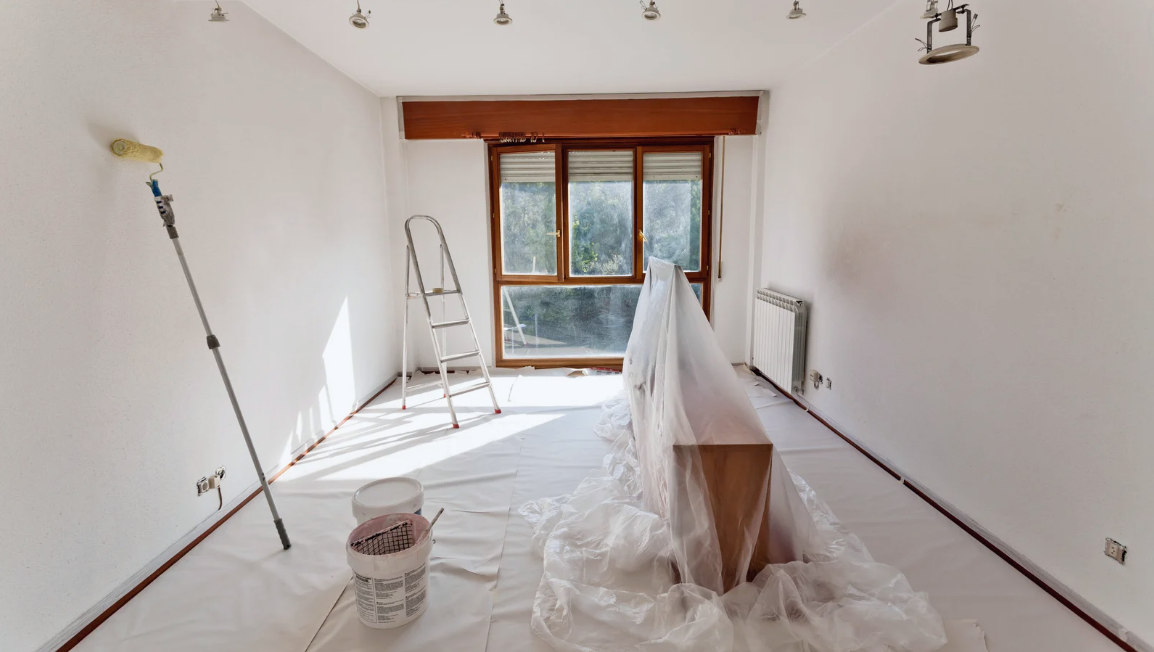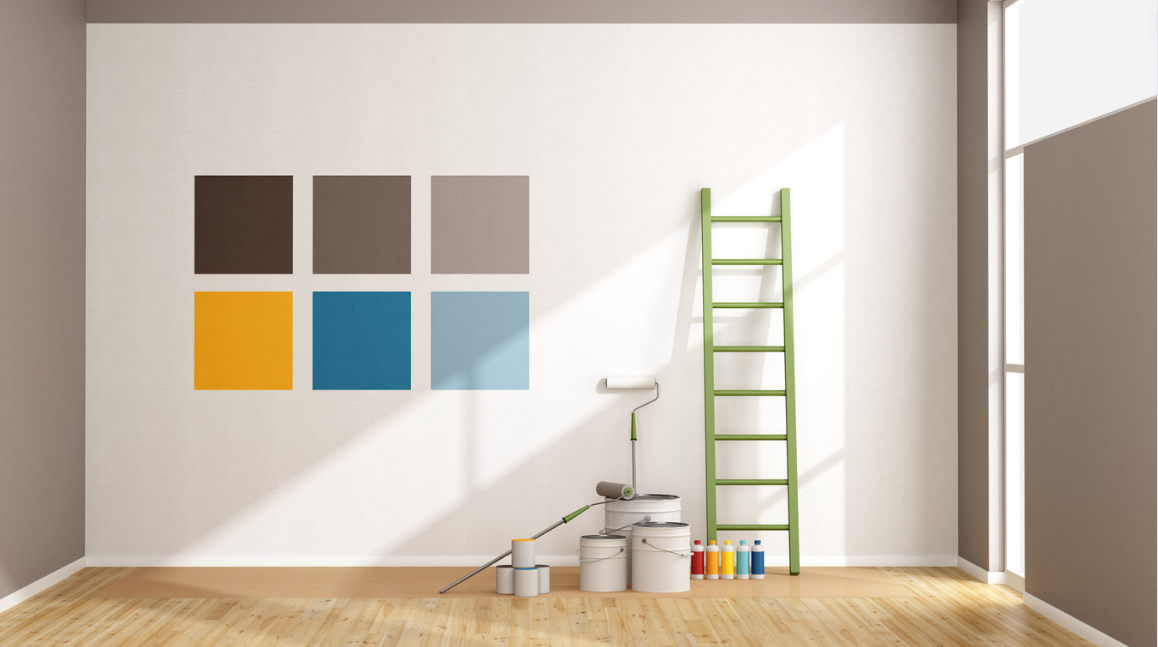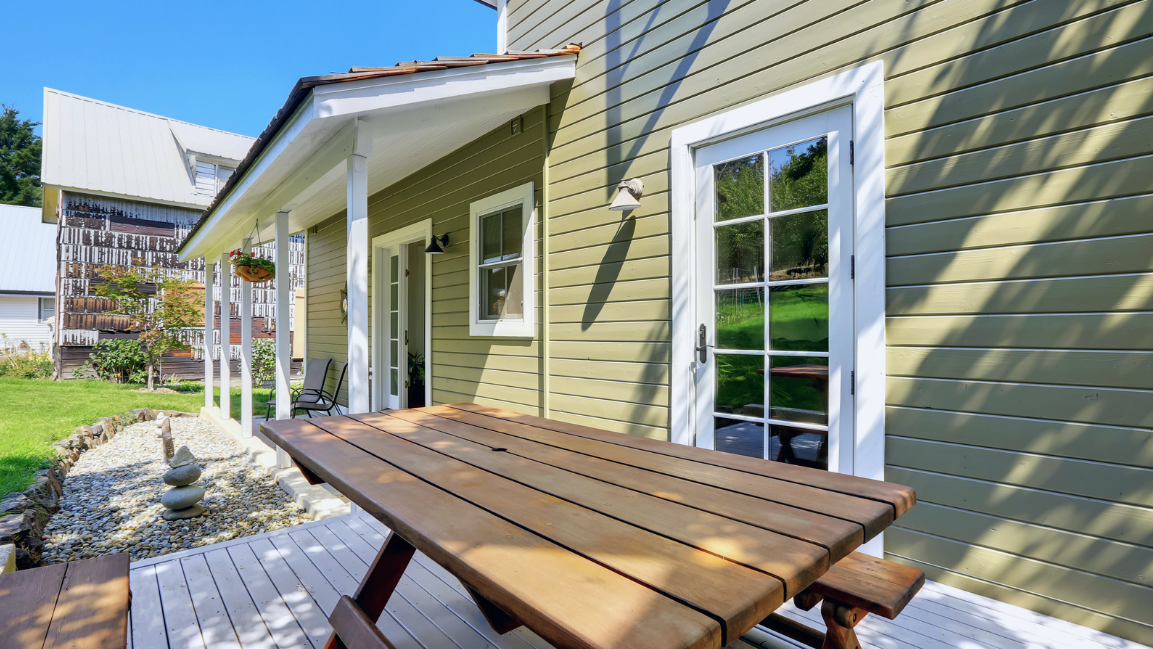You have the power to transform your living room into a reflection of your personal style with the right paint color. Selecting the perfect hue not only sets the mood but also enhances the overall aesthetic of your home. By considering the size of your space, existing decor, and the atmosphere you wish to create, you can choose a color that truly resonates with you. In this guide, we’ll provide you with expert tips and insights to help you make an informed decision for your living area.
Understanding the Impact of Color
To create the perfect living room ambiance, it’s crucial to understand how color influences the mood and perception of your space. Every hue has its unique emotional resonance, which can significantly affect how you feel in your home. By recognizing the implications of color, you can make more informed decisions that align with your personal style and desired atmosphere.Psychological Effects of Colors
Colors evoke emotions and can impact your mood. Soft, neutral tones like beige and gray can instill calmness and relaxation, while vibrant colors such as yellow and coral can spark energy and creativity. Understanding these psychological effects can guide you in selecting a color scheme that enhances your living room’s atmosphere.Color Trends and Their Relevance
Relevance in color trends shapes not only your living room’s aesthetic but also its alignment with current home design styles. Being aware of the latest color trends helps you keep your space looking fresh and contemporary, without compromising your unique style. Color trends evolve, influenced by cultural shifts, technology, and design movements. Incorporating trending shades can infuse your living room with modernity and sophistication. For instance, deep and dramatic hues like navy and emerald can add an elegant touch, reflecting a desire for richer, more immersive color palettes. By blending these trends with classic elements, you activate a dialogue between timelessness and contemporary design, ensuring your space feels relevant and inviting.Defining the Mood of Your Living Room
Now, when it comes to defining the mood of your living room, color plays a pivotal role in setting the overall atmosphere. The choice of paint color can influence how you and your guests feel in the space. Understanding the emotional impact of colors is important in creating a living environment that truly reflects your style and preferences.Creating Calm with Neutrals
Any living room can benefit from the tranquility offered by soft, neutral tones. Colors like beige, gray, and ivory create a serene backdrop that promotes relaxation and comfort. These shades can make your space feel more expansive and inviting, perfect for unwinding after a long day.Adding Drama with Bold Colors
Defining your living room with bold colors can introduce an element of sophistication and depth. Deep reds, navy blues, and emerald greens add an air of elegance that draws attention and creates a striking focal point. By incorporating these rich hues, you can establish a dramatic environment that leaves a lasting impression. With bold colors, your living room becomes a canvas for self-expression. When choosing dramatic shades, consider pairing them with neutral furniture and decor to maintain balance. This approach allows the bold color to stand out without overwhelming the space, making it a great choice for accent walls or prominent features.Energizing Space with Bright Hues
Drama aside, using bright colors in your living room can inject energy and vibrancy into the space. Shades like yellow, coral, and turquoise invigorate your environment, stimulating creativity and fostering a lively atmosphere. These colors are particularly effective in inviting positivity and enthusiasm, making your living room a welcoming and joyous area. With bright hues, you can transform dull spaces into lively havens. Consider using these vibrant colors in smaller doses—such as on an accent wall or through accessories—to maintain balance while still achieving that energized feel. The right bright color can act as an uplifting statement, enhancing both the mood and the aesthetic of your living space.Analyzing Room Size and Layout
Despite the excitement of choosing a paint color, it’s crucial to analyze your room’s size and layout to ensure the right balance and ambiance. Understanding how color can influence perception in a space can lead to significant improvements in the overall feel of your living room.Using Color to Make Spaces Feel Larger
If your living room is on the smaller side, opting for lighter colors can create an illusion of spaciousness. Soft hues like beige, gray, and ivory reflect light and can make your space feel more open and airy, allowing you to enjoy a larger feel without any actual renovations.Creating Coziness with Darker Shades
One effective way to add warmth and intimacy to your larger living room is by selecting darker paint shades. Rich colors such as navy, emerald, or deep red create a more inviting atmosphere, ideal for entertaining or relaxing with loved ones. Understanding how darker colors absorb light can help you make the most of your space. Darker hues can visually shrink the room, but when applied thoughtfully, they also create a cozy environment that invites relaxation. To balance the heaviness, consider pairing dark walls with ample lighting and lighter decor elements, ensuring your living room remains inviting and comfortable.Evaluating Natural and Artificial Light
After you’ve considered the mood you want to create in your living room, it’s crucial to evaluate the impact of natural and artificial light on your selected paint colors. The way light interacts with color can significantly influence the overall feel of the space. Understanding this relationship helps ensure that your chosen hue looks stunning, whether it’s daytime or evening.The Role of Light in Color Perception
For any paint color you select, the lighting in your living room plays a crucial role in how it will be perceived. Natural light can bring out the warmth or coolness of hues, while artificial lighting can soften colors or amplify shadows. Depending on the type of light bulbs you use, colors may shift throughout the day, affecting ambiance and space perception.Testing Samples in Different Lighting Conditions
Testing paint samples directly on your walls in varying lighting conditions is a vital step. You should both apply the samples in area with bright natural light and under the warm glow of your chosen light fixtures to understand how the color might change. Observing the samples at different times of the day will help you see the full range of potential colors. The key to selecting the perfect paint color lies in the testing phase. As you approach this step, paint swatches on the walls of your living room and observe them during various times, especially morning, midday, and evening. Take note of how the colors shift in each light setting; a hue that appears inviting in bright daylight might feel completely different under warm artificial lights. This evaluation process ensures that you’re not just choosing a color that looks good on a sample card, but one that will truly enhance your space at any time of the day.Harmonizing with Existing Decor
Many homeowners overlook the significance of existing decor when selecting a paint color for their living room. To create a cohesive and inviting space, it’s necessary to consider how your paint choice aligns with your current furniture and accessories. Look for colors that can enhance or complement the tones and textures already present in your room, ensuring a seamless integration that reflects your personal style.Assessing Furniture and Accessories
On assessing your furniture and accessories, begin by identifying the dominant colors and materials in your space. Consider the finish of wooden items, fabric textures, and any artwork you might have. This evaluation will help you select a paint color that enhances these elements rather than clashes with them, creating a harmonious environment that feels thoughtfully curated.Balancing Bold and Subdued Elements
Balancing bold and subdued elements in your living room can create a dynamic and visually appealing space. If you have statement furniture or vibrant accessories, a softer, neutral paint color can act as a calming backdrop, allowing these elements to shine. Conversely, if your furniture is more muted, consider a bolder paint color to add excitement and personality to your room. A well-balanced approach between bold and subdued elements allows you to create a living room that feels cohesive and stylish. For example, if you opt for a striking navy blue wall, pair it with lighter furniture hues and soft textiles to ensure the room doesn’t feel overwhelming. Alternatively, if your decor is primarily neutral, a splash of rich emerald or coral can inject life into the space while making a strong visual statement. Keep in mind, the right balance will enhance your living room’s overall aesthetic and contribute to the atmosphere you wish to achieve.Utilizing Accent Walls Effectively
Not every wall needs to be the same color in your living room. Utilizing an accent wall can transform your space, adding dimension and interest without overwhelming the room. An accent wall allows you to play with bolder colors, setting a vibrant tone or highlighting a specific area, such as a fireplace or a piece of artwork.Choosing the Right Wall for an Accent
The key to selecting the best wall for your accent color is to focus on the room’s natural focal points. Look for a wall that draws the eye—ideally one that contains a significant architectural feature such as a fireplace or a large window. This can help create a more dynamic space that feels intentional and well-designed.Tips for Selecting Accent Colors
Right next, consider how the accent color interacts with your existing decor and the overall mood you want to create. Use bold shades to create a striking contrast against neutral backdrops or select colors that are subtle yet inviting. Here are a few tips to help you select the perfect accent color:- Choose a hue that complements your furniture and decor.
- Consider the mood you wish to create in your living room.
- Test how the accent color appears in various lighting conditions.
- Identify a color that matches your style and personality.
- Use paint swatches to visualize the color alongside your existing furniture.
- Consider how the color interacts with natural light at different times of the day.






